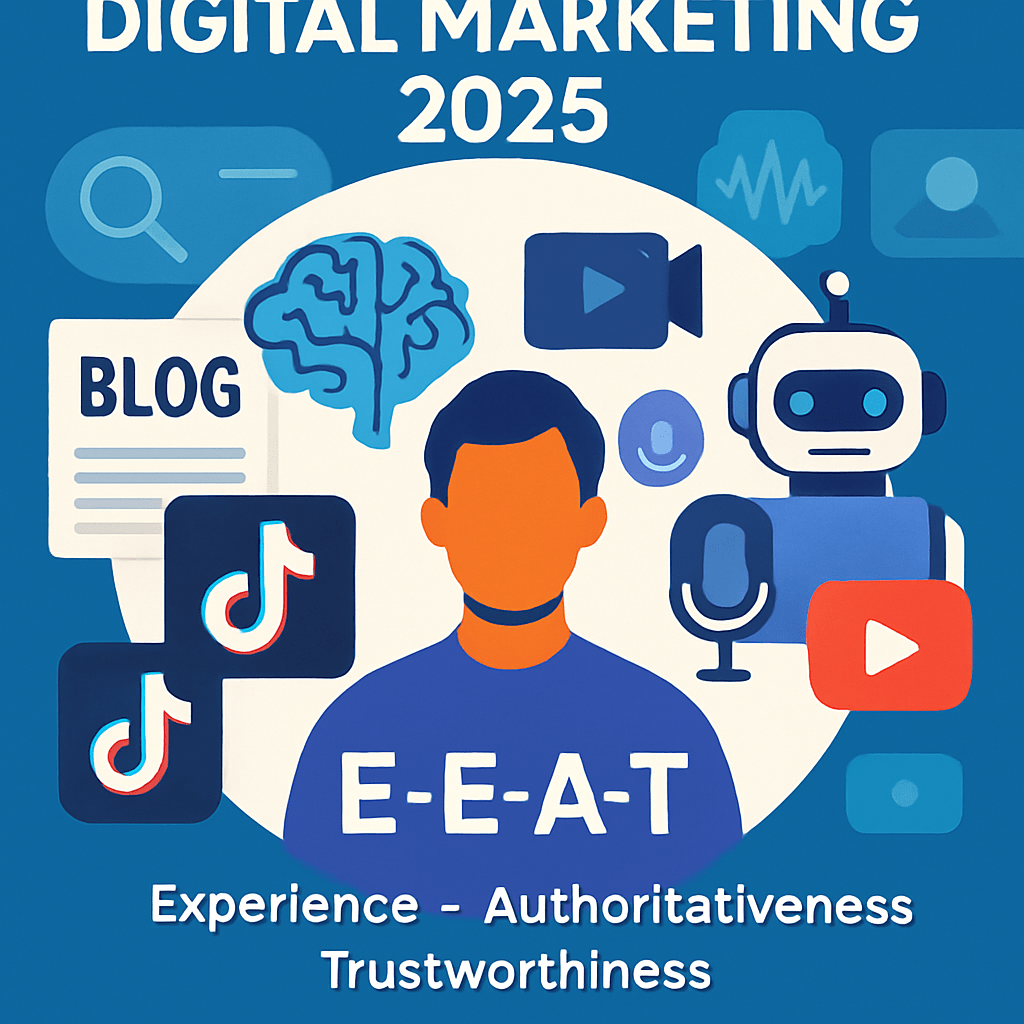360-Degree: How Immersive Visualization Drives Sales ROI
I. Introduction: The Analytics Gap
We live in a world drowning in data, yet starved for insight. Traditional dashboards, while necessary, present data in two static dimensions, failing to capture the complex, interconnected, and multidimensional reality of modern business. Immersive Data Analytics, delivered through 360-Degree Visualization, is the paradigm shift that transforms this data overload into actionable strategic advantage.
For executive decision-makers, this technology is not a gimmick; it’s the critical tool for achieving high-confidence ROI by allowing stakeholders to step inside the data environment, exploring relationships and dependencies that are invisible on a 2D screen.
II. Pillar 1: Strategic Decision-Making and AI Integration
The true power of 360° visualization lies in its ability to unlock the potential of Predictive Analytics.
Multidimensional Data Exploration: Instead of reviewing sequential spreadsheets, 360° environments map data points in a spatial context. This allows decision-makers to intuitively grasp complex relationships, such as the simultaneous impact of raw material cost, logistical delays, and shifting consumer sentiment on the final product margin.
Synergy with AI Models: Visualization becomes the human-AI interface. When machine learning models predict outcomes (e.g., future demand, supply chain failure probability), 360° visualization overlays these predictions onto a simulated business environment, allowing executives to immediately test and contextualize the “why” behind the AI’s forecast before committing capital.
III. Pillar 2: Operational Efficiency and the Digital Twin
In modern operations, 360° visualization is the technology that powers the Digital Twin.
The Digital Twin Application: This is a live, virtual replica of a physical asset (a factory floor, a warehouse, a global supply chain). By integrating real-time IoT data feeds into this immersive model, managers can visualize congestion, machine health, and inventory flow from any perspective. This capability directly leads to Supply Chain Optimization by identifying bottlenecks in a spatial, intuitive way, not just through a numerical alert.
Safety and Training: In high-risk environments, immersive simulations allow employees to undergo training in realistic virtual environments based on the Digital Twin, drastically reducing training costs and increasing preparedness without physical risk.









